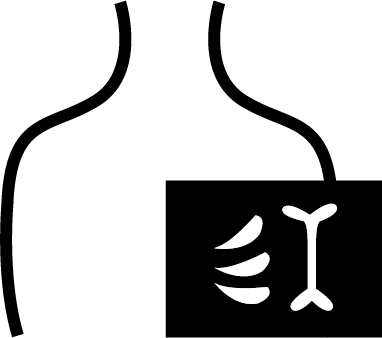Taiwan Medical AI and Data Portal
FAIR. Safety. Personal Data Protection. Engagement.
Popular Datasets
-
Dementia Molecular Imaging Clinical Database
Overview This dataset is at the core of a dementia research project focused on the exploration and diagnosis of dementia using advanced imaging technologies. It integrates data... -
Chest X-Ray for Lung Cancer Detection Dataset
The dataset includes annotated 2D CXR images for lung nodule detection, capturing the longest diameter and its perpendicular diameter, along with various characteristics such as... -
Liver Computed Tomography Image Dataset
Preoperative imaging annotations for cancer surgery were used to train AI for automatic image annotation, feature extraction, and analysis. This was further utilized to develop... -
Cervical Lymph Nodes Dataset
Using pathological diagnosis as the ground truth, we collected cervical CT scans of patients who had undergone neck lymph node dissection surgery. On these preoperative CT... -
X-Ray Images of the Hands and Feet for Rheumatoid Arthritis
The dataset comprises a series of X-ray images (DICOM format) and corresponding scoring files (EXCEL format) of paired hand and foot joints affected by rheumatoid arthritis....

